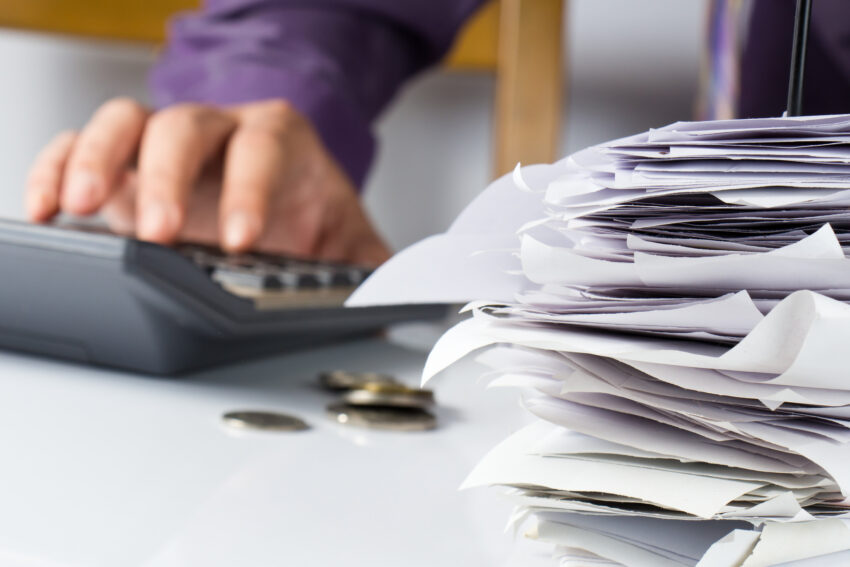With the average British household now paying £1.1 million in taxes over their lifetime, Perrys Chartered Accountants provides its six top tips to make sure you aren’t overpaying.
1. Check your tax code
If you’re a full or part-time employee you’re likely to be paying tax via pay-as-you-earn (PAYE). This means your income tax is deducted at source and goes straight to HMRC. Your tax code is essentially a few numbers and a letter, for example 1257L, and it’s shown on your payslip. Those few digits can make quite a difference to the amount of tax you’re paying, and it’s not uncommon for errors to creep in. For example, if you once had a company car with a fuel-guzzling engine but have switched to an eco-friendly model, your tax code should be adjusted to ensure you are paying less. If in doubt about your tax code, speak to your employer or call HMRC directly or speak to London accounting firm Pearl Accountants.
2. Claim allowable expenses
For self-employed workers, there are a host of allowable expenses that can help to bring your tax bill down. These expenses include office running costs, train fares and website fees, and should be taken off your overall profit, meaning you only pay tax on the amount left over after these costs.
3. Check if you’re eligible for tax-free childcare
If you have children and pay for nursery, childminding, or wraparound care, you may be eligible for tax-free childcare. Under this scheme, the government will pay 20% towards your childcare costs up to a maximum of £2,000 per year, per eligible child. Tax-free childcare is just one of several childcare schemes available – working parents may also be eligible for varying amounts of free childcare and tax credits. Use the government’s childcare calculator to find out which option is best for your family.
4. Pay into a pension
Most UK taxpayers get tax relief on the money they pay into a pension fund, which means the government tops up payments into your retirement savings pot. For basic rate taxpayers, the top-up is 20% – HMRC will add £20 for every £80 you pay into a pension fund. As well as this form of tax relief, saving for retirement can actually cut the annual tax bill for those earning over £100,000 a year. This is because the personal allowance (the tax-free annual earnings allowance currently set at £12,570) is gradually reduced by £1 for every £2 earned over £100,000. Pension contributions reduce your taxable income, so if these contributions keep your annual income below £100,000, you will benefit from the maximum level of personal allowance.
Paying more into a pension pot can have implications for child benefit, too. Currently, monthly child benefit payments are gradually reduced if the higher-earning parent receives over £50,000 annually, and by the time the income hits £60,000 any entitlement disappears completely. By paying more into a pension fund, it might be possible to keep your taxable salary just below £50,000, thus ensuring you receive the full child benefit entitlement, while also boosting your pension savings for later years.
5. Make the most of your marriage or civil partnership
The marriage allowance is a tax break that lets a husband, wife or civil partner transfer £1,260 of their personal allowance to the higher earning partner. To qualify, you must not pay Income Tax or your income must be below the Personal Allowance (£12,750). Your partner should pay Income Tax at the basic rate, which means their income is between £12,751 and £50,270 before receiving marriage allowance.
The marriage allowance can be worth up to £252 in tax savings per year, yet around 2.4 million qualifying couples are failing to claim the benefit. However, the good news is marriage allowance claims can be backdated up to four years.
6. Save if you’re single!
Living alone can bring its perks. Don’t forget that most local authorities in England and Wales offer a single person’s council tax discount of 25%. This can be worth around £300 a year, yet many residents fail to claim the benefit. To discover more, contact your local council directly.


